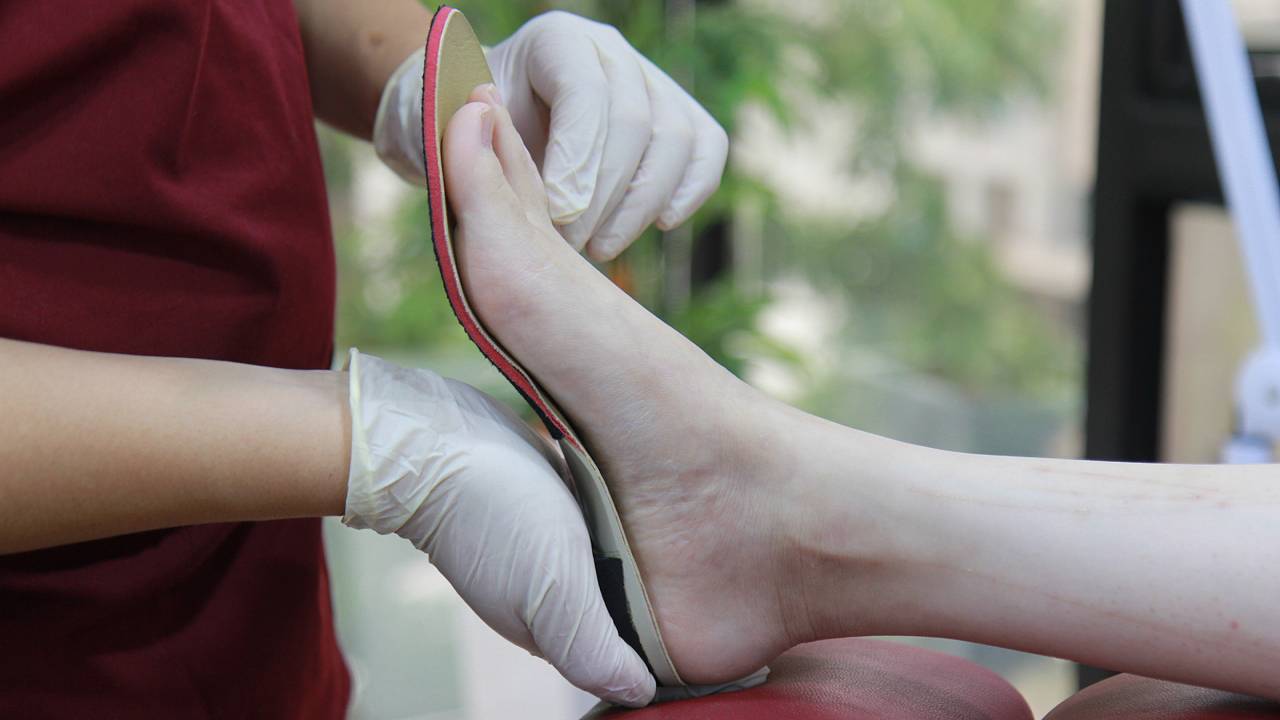What is patellofemoral pain syndrome?
Avid runners in Singapore may experience pain behind or around the kneecap after a run. This may be a sign of a condition commonly known as Runner’s Knee, also known as patellofemoral pain syndrome. The knee is the largest joint in the body and it is composed of the femur (thigh bone), tibia (leg bone), and patella (knee cap). The kneecap rests on the sulcus of the thigh bone and articulates smoothly with it. The patellofemoral pain syndrome is the misalignment of the kneecap against the thigh bone which causes tracking disorder during knee movement.
What are the signs and symptoms?
The main symptom of patellofemoral pain syndrome is a diffuse pain or stiffness in the kneecap and its surrounding soft tissue. Pain is worse when the knee undergoes flexion and extension motions such as kneeling, climbing stairs, running, jumping and cycling. Grinding or clicking sensations can also be felt at times. Sitting in a bent knee position for too long may also trigger pain, such as in the cinema or on a plane.

What causes patellofemoral pain syndrome?
The most common cause of patellofemoral pain syndrome is the poor biomechanical function of the lower limb (i.e. the way your leg functions whist walking and exercising). This can be due to a poor control around the hip and/or poor foot function such as flat foot which can be corrected by customized flat foot insoles.
Some factors which can contribute to worsening of the syndrome are:
- Muscular weakness/imbalances at the front of the thigh (quadriceps)
- Malalignment between the position of the knee cap and the thigh bone
- Increased level of physical activities
- Improper training techniques or equipment
How is it diagnosed?
Diagnosing patellofemoral pain syndrome requires the physical examination and gait analysis. Imaging such as X-rays can be helpful in ruling out chondromalacia patella (kneecap arthritis), which is often associated with patellofemoral pain syndrome.

What can a podiatrist do for you?
Podiatric interventions may include:
- Custom orthotics
- Physical therapy
- Stretching and strengthening exercises
- Knee bracing
- Sports Taping
- Footwear modification
One solution to this syndrome is surgery, but for patients who prefer to avoid surgery, they can opt for conservative, non-invasive interventions by qualified podiatrists. If you suspect that you have patellofemoral pain syndrome, it is advisable to visit a podiatrist for a proper diagnosis and address the condition worsens and impairs your sports and daily activities.





